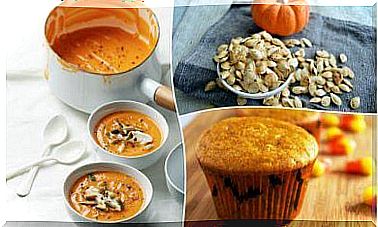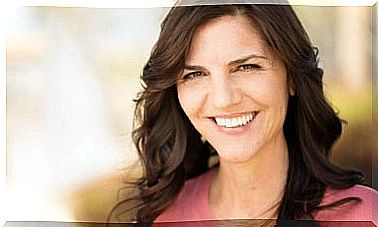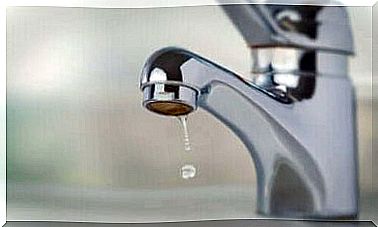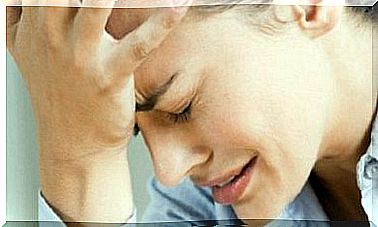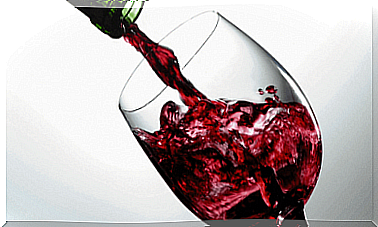Breast Pain And Menstrual Cycle
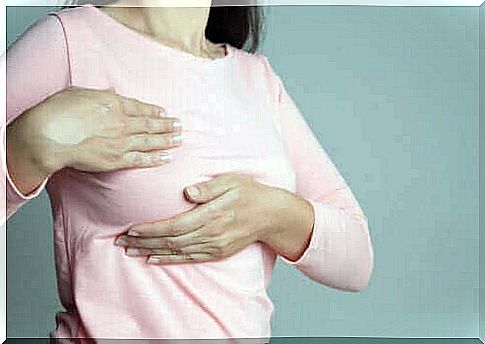
Mastalgia is defined as breast pain. Unfortunately, many women experience it, especially during premenstrual syndrome. Menstruation is influenced by many different factors. In fact, there is a link between breast pain and the menstrual cycle.
It is common in young women and disappears with the onset of menopause. About 70% of women have experienced it at some point in their life. Learn more about this common symptom during menstruation.
What is the relationship between breast pain and the menstrual cycle?

The hormonal changes that occur during the menstrual cycle are the cause of breast pain. The menstrual cycle is nothing more than a process carried out by the myriad of hormones (Spanish link) that determine how and when the cycle will take place.
In this sense, mastalgia is one of the most common symptoms in the different phases of the menstrual cycle. Usually it appears during the second half of the cycle (after ovulation, known as the luteal phase) and disappears at the beginning of menstruation. During the menstrual cycle, the following hormonal changes take place:
- Estrogen levels reach their peak during ovulation. This causes a growth of the milk ducts.
- Progesterone peaks a few days later (Day 21). This causes an enlargement of the breast lobes, forming cells that are prepared for milk production.
To understand it better, the hormonal changes that occur during this phase cause inflammation, swelling and enlarged breasts, which is painful in many cases. If the woman becomes pregnant (which keeps progesterone levels high), they also remain swollen.
Biologically , the breasts have a greater number of receptors for these substances, turning them into hormone-dependent glands. The breasts are to a large extent more responsive to hormones than the rest of the body.
Causes
Breast pain is usually related to premenstrual syndrome (the week before menstruation) or benign breast changes (for example, fibrocystic disease of the breast). While these are the most common causes, there are some risk factors, such as:
- Following a high-fat diet.
- Consuming too much caffeine, theine or chocolate.
- A family history of breast pain during the menstrual cycle.
- Certain drugs (Spanish link), such as hormones, antidepressants, etc.
- Large breasts (increases weight load and may be associated with back or neck pain).
So breast pain does not have to be a sign of breast cancer. Only in 10% of cases of malignant breast tumors is it accompanied by mild pain.
Symptoms
There is a difference between breast symptoms related to the menstrual cycle and symptoms that do not develop as a result of cyclic processes.
Breast pain and the menstrual cycle
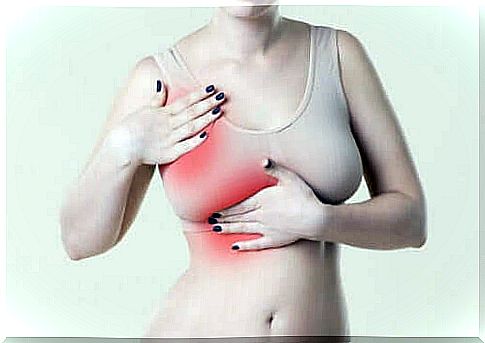
Breast complaints that are affected by the menstrual cycle are the most common cause of breast pain and are known as premenstrual syndrome. As we have already mentioned in this article, they are caused by hormonal changes characterized by the following:
- They affect young women.
- In general, they do not occur during or after menopause.
- Homogeneous and bilateral distribution (in other words, both breasts hurt and the pain extends over the mammary gland).
- Swelling or inflammation.
- Fluid buildup or retention in the breasts.
- Slight increase in breast size.
- Turgor (bulging and firm breasts).
- Persistent pain (which can range from mild to severe) only during one phase of the cycle.
- When touched, you will feel small bumps all over the chest.
- The symptoms become more severe two weeks before menstruation.
- Finally, the pain disappears after menstruation begins.
Non-Cyclic Chest Pain
Unlike cyclic pain, other causes can lead to breast complaints. These are, for example, benign diseases, as we mentioned above. The typical symptoms of non-cyclic breast pain (not common) include:
- Persistent or intermittent pain, fixed at a point, described as burning, stabbing, or tearing.
- Inflammation at a certain point of the chest.
- Symptoms do not vary over time or throughout the menstrual cycle.
- To a greater extent, it occurs after menopause.
- It is usually unilateral (only one breast hurts).
When to consult a professional
In general, any non-cyclical cause should be studied. We therefore recommend that you see a doctor or gynaecologist if you suffer from this. You should also be more vigilant if you have any of the following symptoms:
- Change in the shape, color, or appearance of the skin of the breast.
- Secretions or fluid in the breasts.
- Hormonal changes.
- New, unusual, or changing lumps or bumps on the breasts.
- Be over 40 and have not had a mammogram.
- Pain that does not decrease and increases in intensity.
- Signs of infection (warmth, redness, pus, etc.).
- Pain that interferes with daily routine.
In short, breast pain is usually associated with the menstrual cycle and the hormonal changes that occur with it. In rare cases, it is a warning of a serious problem. Still, you should be alert, especially if the pain is prolonged and severe.
